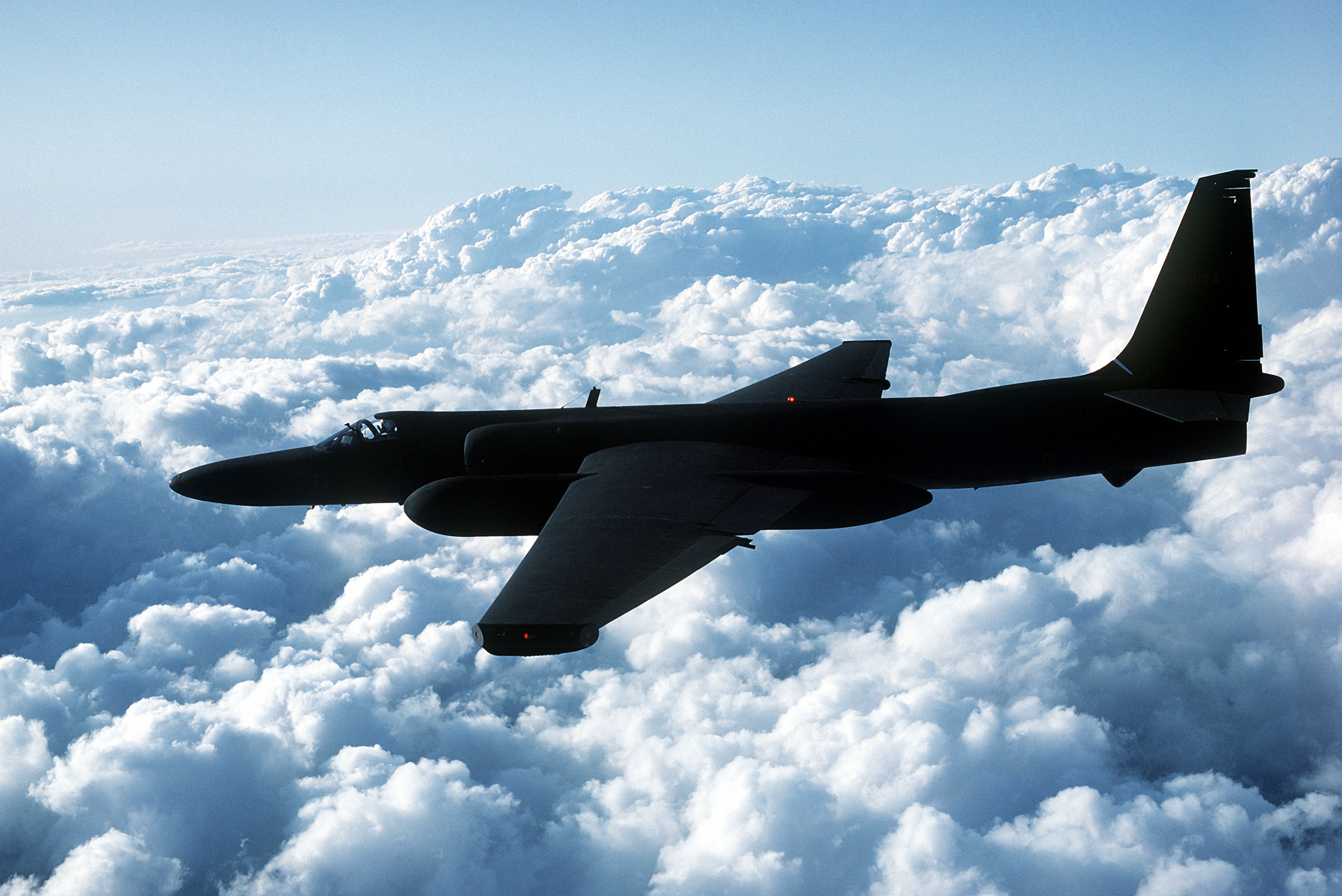In a serious flare-up between the US and China, Beijing has accused the United States of sending a U-2 spy plane in its restricted no-fly zone, a move seen as a serious provocation by the PRC.
As US-China tensions rise over various issues including the South China Sea, Beijing has accused that a U.S. spy plane entered a ‘no-fly zone’ to monitor and disrupt military exercises being conducted by the PLA forces – a move seen as a serious provocation by Chinese officials.
Stating it as an obvious ‘trespass’, a U-2 high-altitude reconnaissance aircraft went into the Chinese airspace, a development after weeks of increased military activities in the region. The U-2 flew in a declared no-fly region over the PLA’s northern military region, said Wu Qian, the spokesperson of the Chinese defense ministry.
“The trespass severely affected China’s normal exercises and training activities, and violated the rules of behavior for air and maritime safety between China and the United States, as well as relevant international practices,” he said.

A statement from US Pacific Air Forces confirmed a U-2 flight — but said it did not violate any rules. “A U-2 sortie was conducted in the Indo-Pacific area of operations and within the accepted international rules and regulations governing aircraft flights. Pacific Air Forces personnel will continue to fly and operate anywhere international law allows, at the time and tempo of our choosing,” the statement said.
Wu stated that the move was an obvious provocation and that China has lodged ‘solemn representations’ to their American counterpart. According to sources close to the Chinese military, the U-2 plane allegedly took off from South Korea and flew over the waters where the PLAN Aircraft Carrier Shandong was taking part in the exercise.
The U-2 is an advanced spy airplane, which could fly to the altitudes of 70,000 feet initially when inducted for operations in the 1950s. The aircraft has been steadily upgraded since then and is purportedly one of the oldest American aircraft in service.
However, experts suggest that the move by the United States was more of a political one than intelligence gathering. The advanced sensors aboard the U-2 can survey areas from a long distance and didn’t need to enter so close to the Chinese military bases at all if it were with the intent of an intelligence operation.
“The plane is not the most advanced reconnaissance aircraft, and not an attacking warplane either. And similar spying activities from the US have happened many times already. I think this is more a political gesture, saying the US can do whatever they like without being constrained by Chinese military power,” says Liu Weidong, a US affairs expert from the Chinese Academy of Social Sciences.
Speaking to the South China Morning Post about the consequences of the escalations, Hu Bo, director of the South China Sea Probing Initiative, said “It would be a huge trouble if the plane was shot in the live-fire naval exercise. Frictions are bound to occur if distance is not well kept,” pointing to the incident.
Recently, Beijing has been flexing its muscles in its immediate neighbourhood, from India to the China Seas. During an incident in border dispute with India, a scuffle emerged in Ladakh area which resulted in the deaths of 20 Indian and unspecified number of PLA troops in June.




